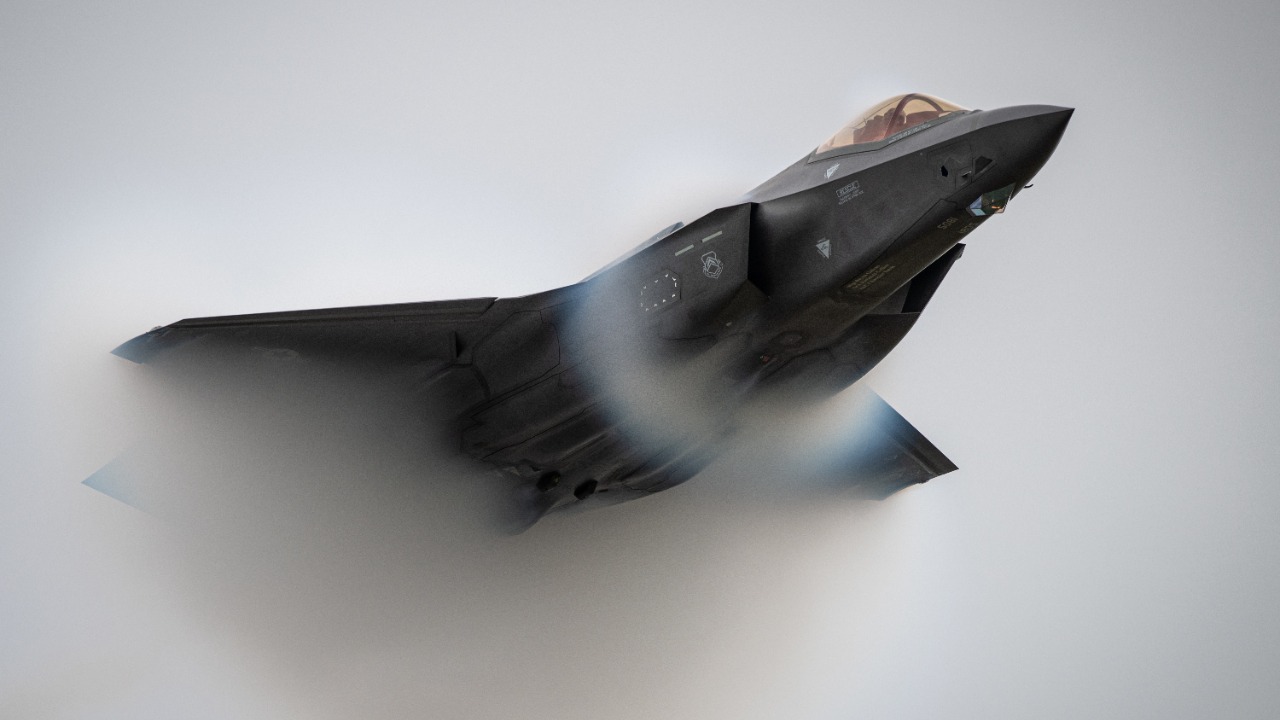
In the world of modern military aviation, the F-35 Lightning II and China’s J-35 are among the most advanced fighter jets. Both aircraft represent the pinnacle of military technology, designed to excel in speed, agility, and stealth. This exploration will delve into the top speeds of these cutting-edge aircraft, offering a comprehensive comparison of their performance in the skies.
The F-35 Lightning II: A Technical Marvel
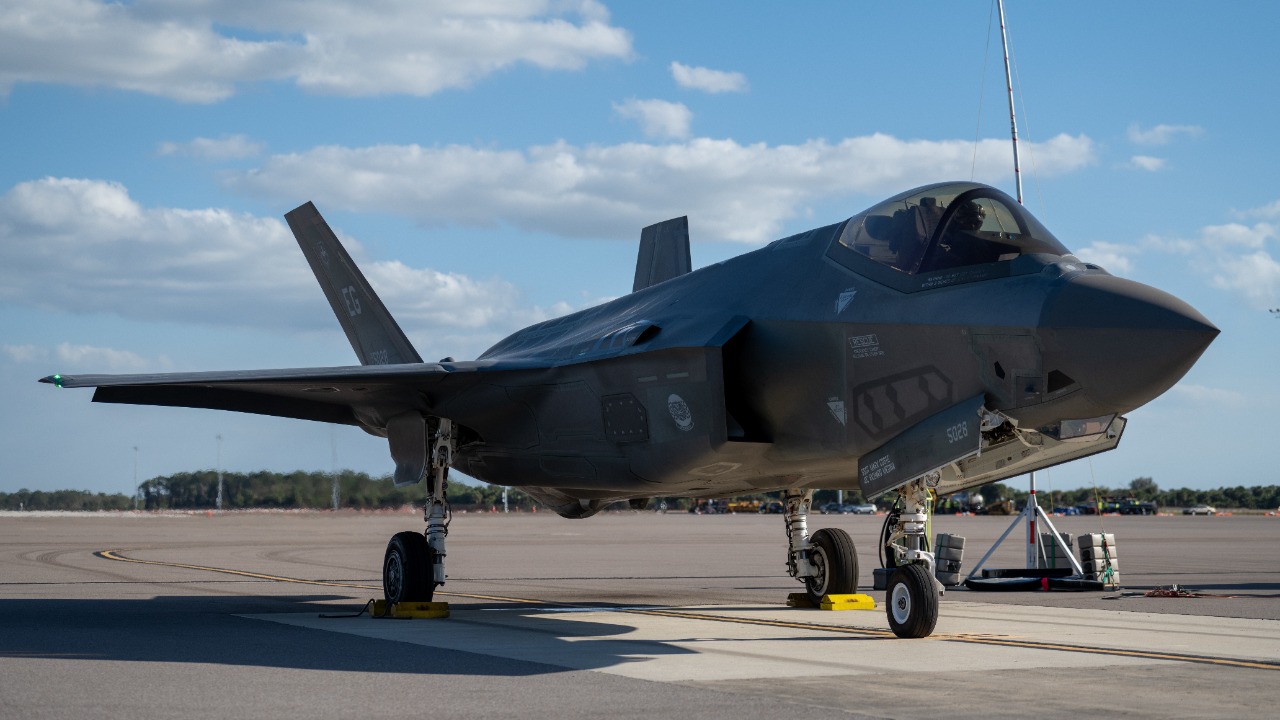
The F-35 Lightning II represents a significant leap forward in aerospace engineering and military capability. Developed by Lockheed Martin, the F-35 program was designed to produce a versatile, multirole fighter jet that could serve various branches of the U.S. military as well as allied nations. The aircraft boasts advanced stealth technology, which allows it to evade radar detection, making it a formidable adversary in any combat scenario.
Under the hood, the F-35 is powered by the Pratt & Whitney F135 engine, which provides exceptional thrust and efficiency. This powerful engine, combined with the aircraft’s aerodynamic design, enables the F-35 to reach a top speed of approximately Mach 1.6. The combination of speed, stealth, and advanced avionics makes the F-35 a truly revolutionary fighter jet, capable of executing a wide range of missions with precision and effectiveness.
China’s J-35: Rising to the Challenge
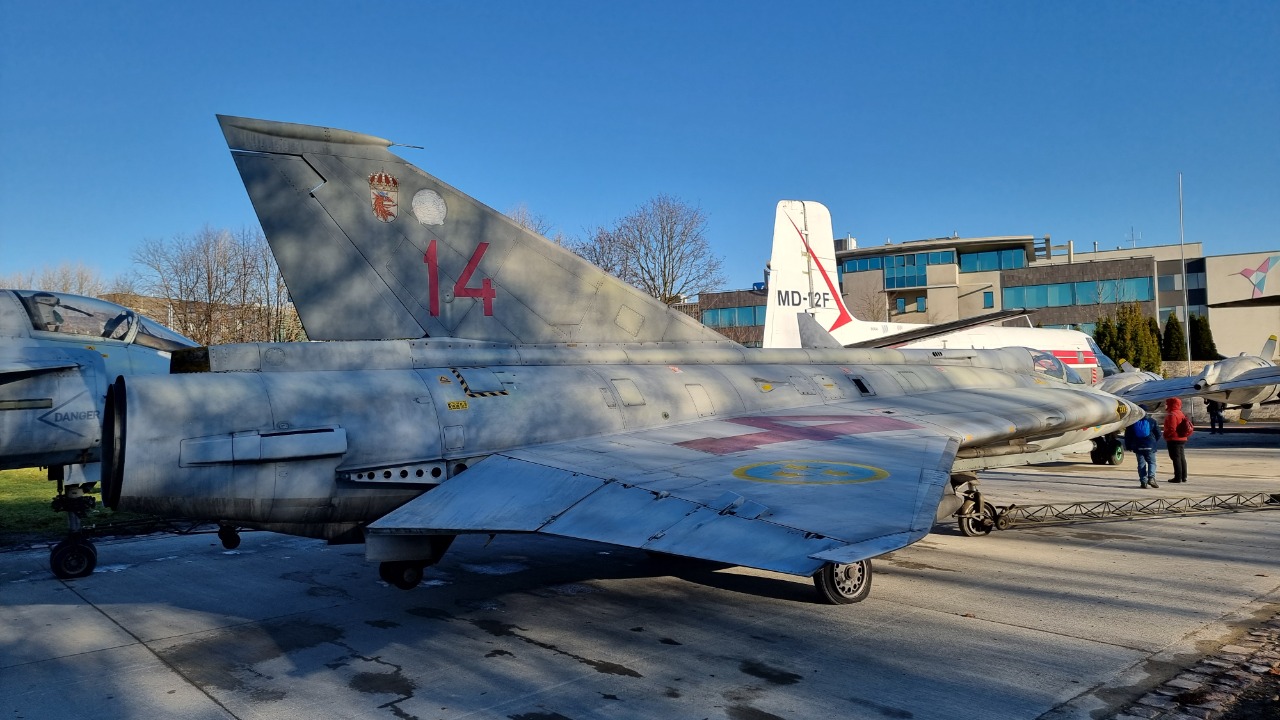
China’s J-35 is a testament to the country’s growing prowess in aerospace technology and military strategy. Developed by Shenyang Aircraft Corporation, the J-35 is part of China’s broader efforts to modernize its military forces and project power on the global stage. The aircraft is designed to rival Western counterparts, incorporating advanced features and technologies that enhance its combat capabilities.
The J-35 features a twin-engine design, which provides it with a balance of speed and maneuverability. While specific details of its top speed are not always disclosed, it is estimated to reach similar speeds to the F-35, around Mach 1.6. The J-35’s speed, combined with its stealth capabilities, positions it as a key asset in China’s military strategy, particularly in the Asia-Pacific region where tensions over territorial disputes remain high.
Comparative Analysis of Speed
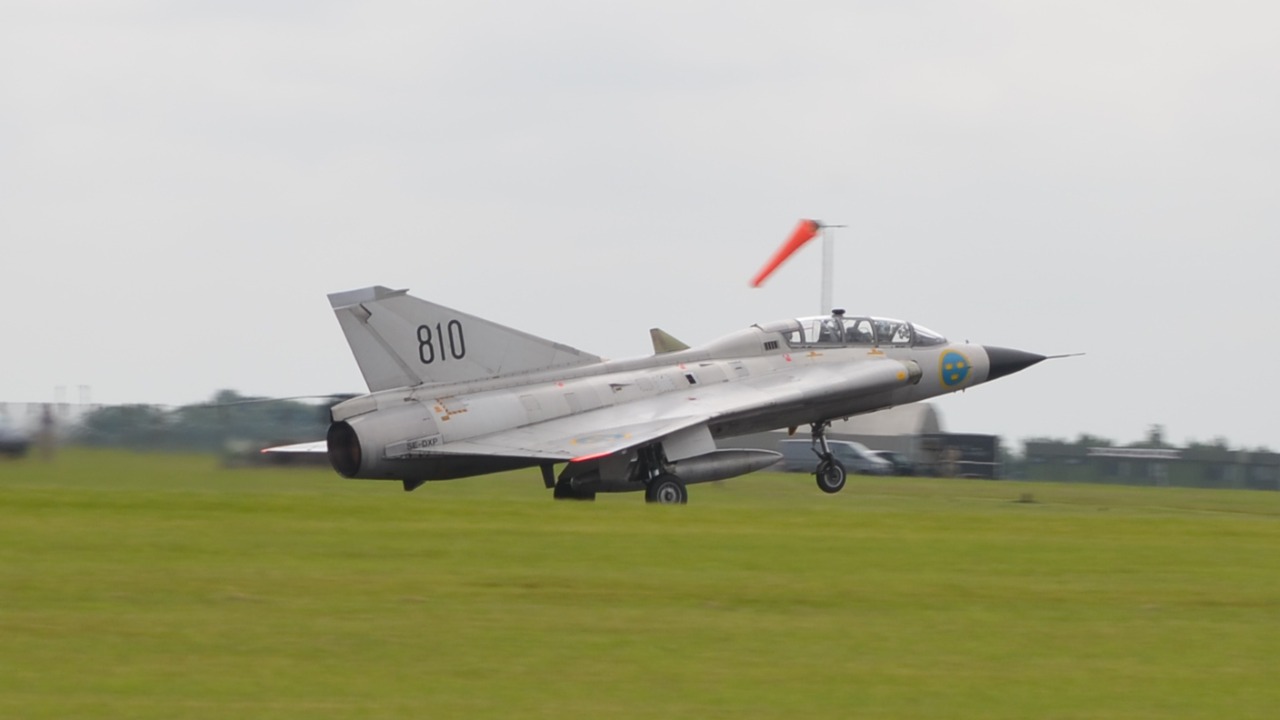
When comparing the top speeds of the F-35 and J-35, both aircraft are closely matched, with each capable of reaching approximately Mach 1.6. However, several factors influence these speeds, including the aircraft’s design, weight, and engine efficiency. The F-35’s single-engine design contrasts with the J-35’s twin-engine setup, which may impact their respective acceleration and fuel efficiency.
In real-world combat scenarios, the implications of speed differences can be significant. Faster aircraft can intercept enemy jets more quickly, engage in dogfights with a tactical advantage, and evade hostile radar and missile systems more effectively. As such, the ability to achieve and sustain high speeds remains a critical factor in determining the outcome of aerial engagements.
Technological Innovations Impacting Speed

Advancements in materials and engineering have played a crucial role in enhancing the speed of modern fighter jets. The use of lightweight composite materials reduces the overall weight of the aircraft, allowing for greater speed and agility. Innovations in engine technology, such as improved thermodynamic efficiency and thrust-to-weight ratios, further enable these jets to achieve their top speeds.
Avionics and software also contribute to optimizing flight performance. Advanced flight control systems and sensor integration allow pilots to manage the aircraft’s speed and maneuverability with precision and ease. Looking ahead, future trends in fighter jet design may include even lighter materials, more efficient engines, and integrated artificial intelligence systems, all of which could further increase speeds and enhance combat effectiveness.
Implications for Global Military Balance
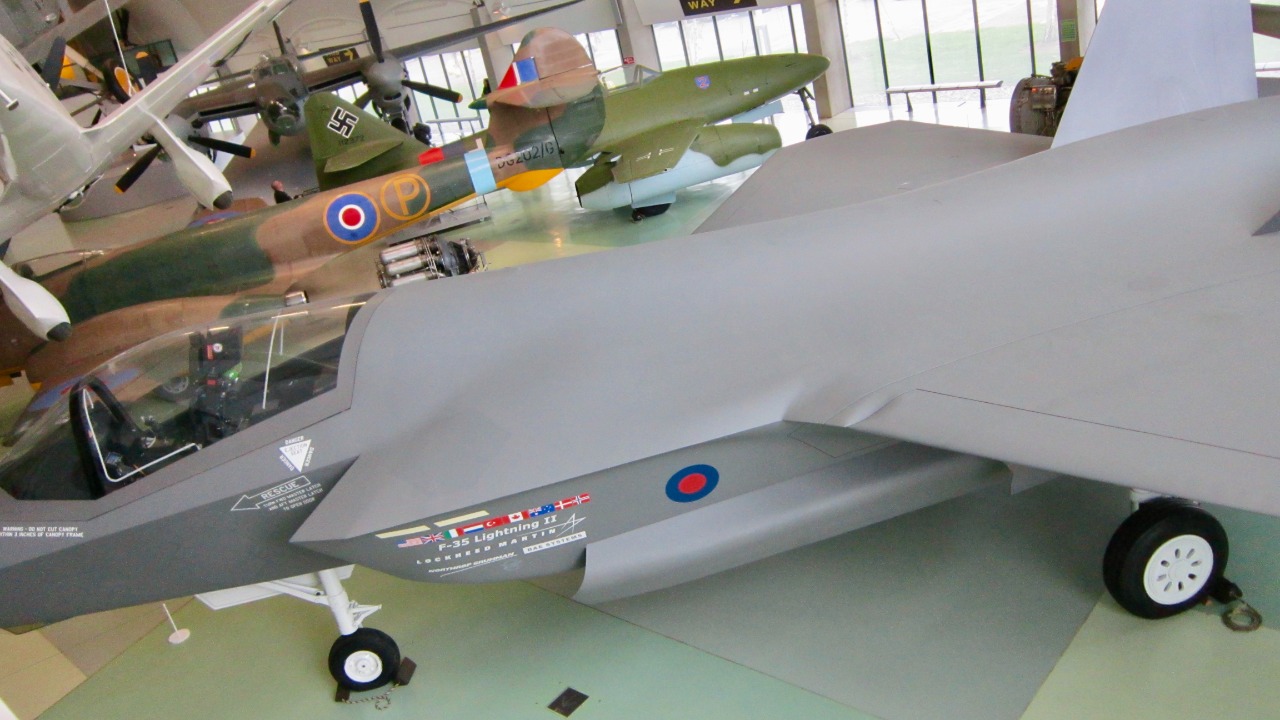
The strategic importance of high-speed jets in modern warfare cannot be overstated. Both the F-35 and J-35 play critical roles in their respective countries’ military strategies, serving as key assets in the balance of power between the U.S. and China. The speed and stealth capabilities of these aircraft allow them to conduct a wide range of missions, from air superiority to ground attack, with minimal risk of detection.
As the U.S. and China continue to develop and deploy advanced military technologies, the competition for air superiority will likely intensify. The ongoing development of next-generation fighter jets and emerging technologies will shape the future of aerial combat, potentially shifting the dynamics of global military power in the years to come.